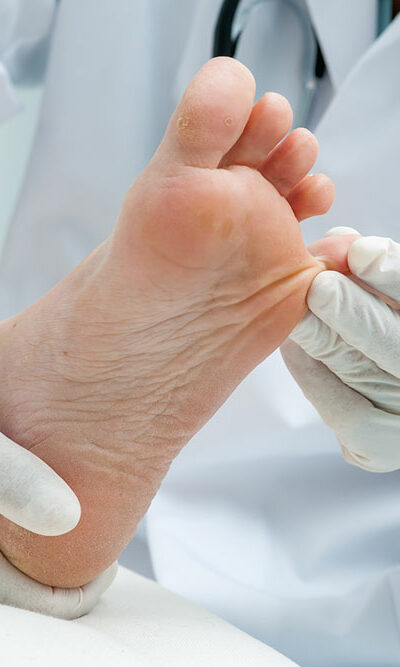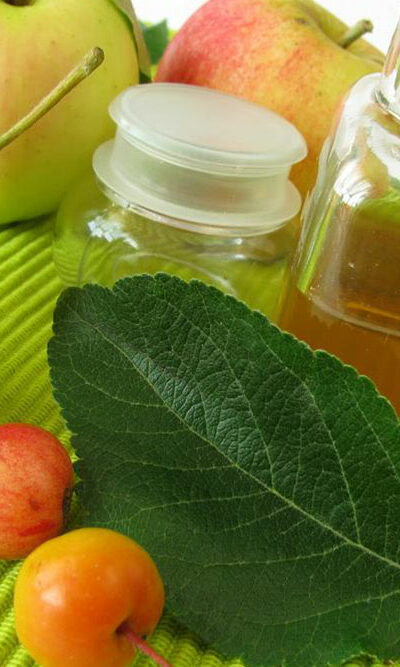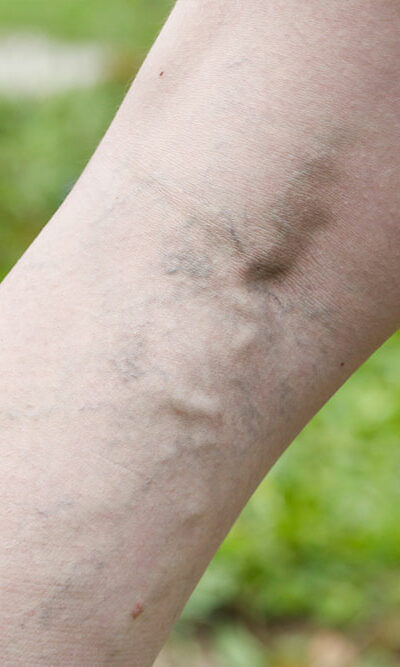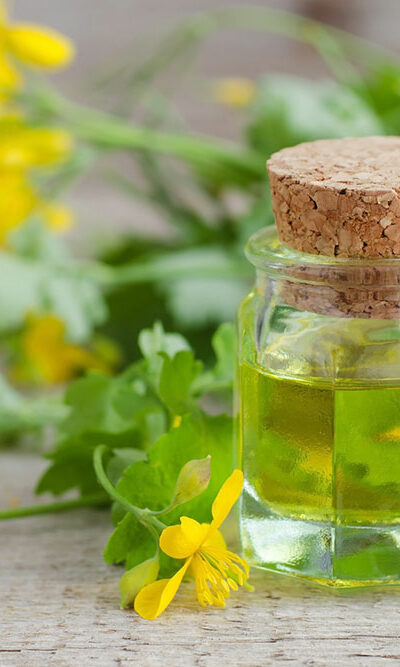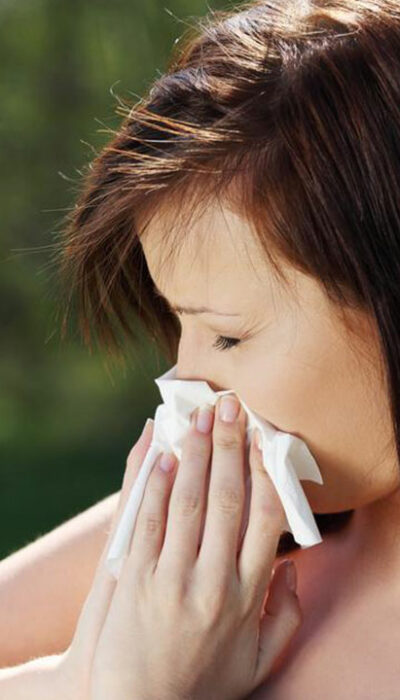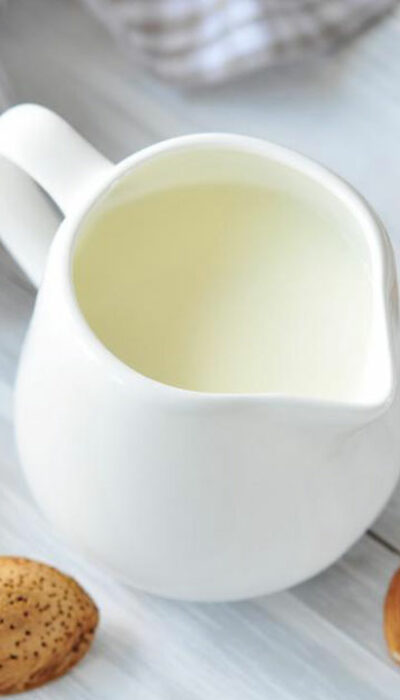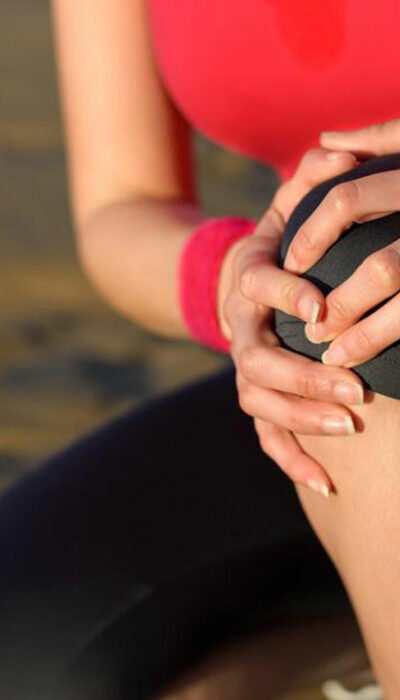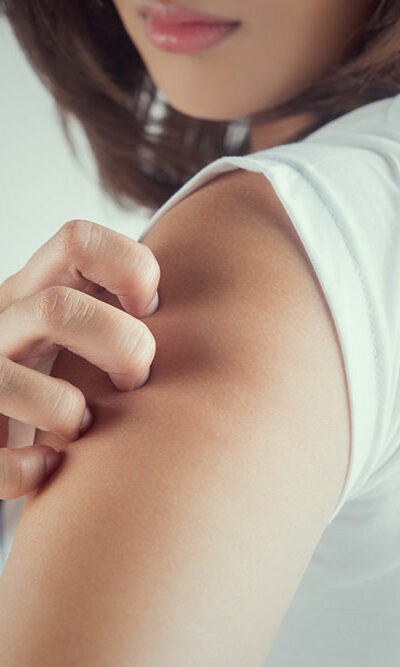
Treatment Options for Different Types of Skin Rashes
A noticeable change in the color or texture of the skin is known as a rash. Your skin might become bumpy, itchy, scaly, or maybe irritated. There are various types of skin rashes one can suffer from, and so, here is a close look at most types. This article will help you identify the rash or know when to consult a doctor so that you can get treated effectively. Many rashes can be managed at home as well. Flea Bites This is one such type of skin rash that is generally located in clusters mainly on the feet and lower legs. They are generally itchy and manifest in the form of a red bump that is surrounded by a red ring. The symptom follows soon after being bitten. Fifth disease Rashes in this disease usually are accompanied by low fever, sore throat, headache, fatigue, runny nose, nausea, and diarrhea. This type of skin rash is more common in children, and they manifest as a bright red, round rash on the cheeks. One can also find a lacy patterned rash on legs, arms, and upper body. Rosacea This is one such chronic skin disease which follows a cycle of relapse and fading. The four subtypes of the disease include a variety of symptoms. Few of the common symptoms include raised red bumps, facial flushing, skin sensitivity, and skin dryness. Impetigo This is more commonly observed in children and babies. To identify skin rash due to this condition look for rashes near the chin, mouth, and nose. The rash usually forms a honey-colored crust on the skin. Fluid-filled blisters can also accompany the rash. Ringworm They are scaly rashes in a circular shape with a raised border. Usually, the skin in the middle of the ring looks healthy and clear, while the edges may keep spreading outward.
